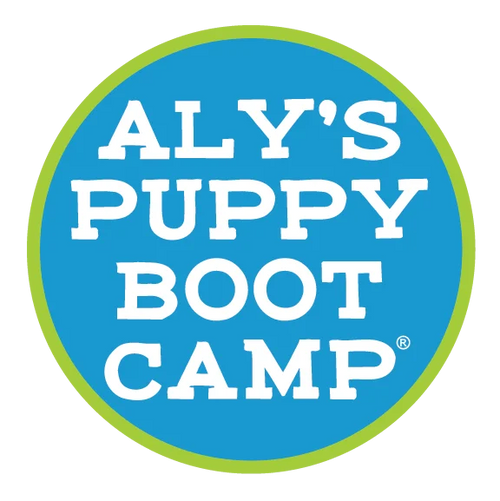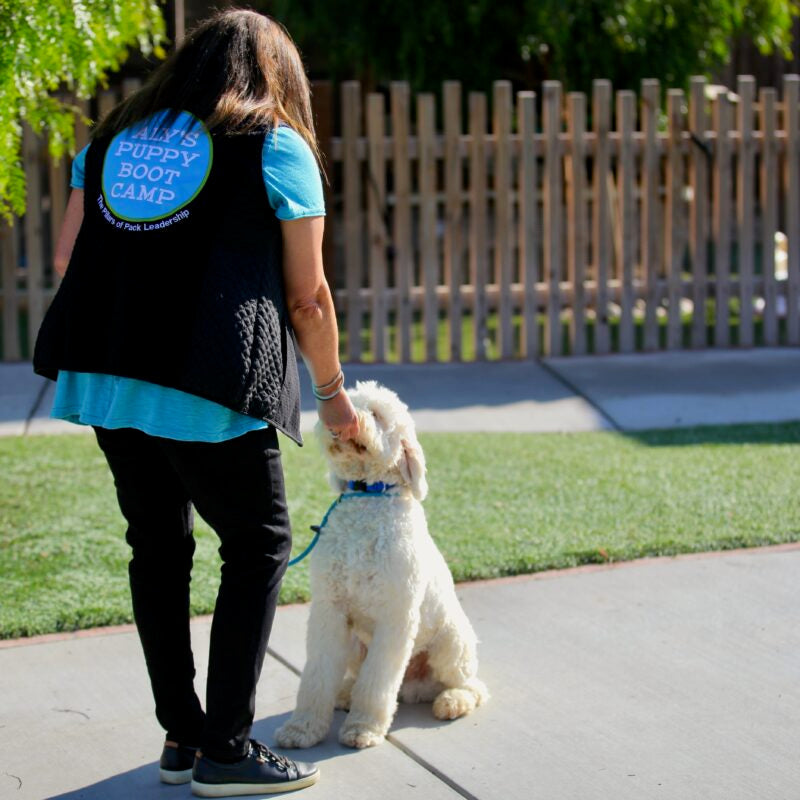Dog Overstimulation in Summer: 5 Rules to Stay Calm and Cool
To kick things off, summer arrives—when sunshine rules, flip-flops return, and calendars explode with activity. As the days stretch longer and social events pile up, the tempo of life picks up speed. Summer is the perfect season for memory-making, yet it's also a recipe for sensory overload—for both humans and dogs. The grill’s sizzling, the music’s thumping, the doorbell rings nonstop, and there’s always one more friend showing up with a side dish and two kids in tow.
The vibe is fun. The energy is high. And the memories? Unforgettable.
However, while everyone else is laughing and loading up a plate of BBQ ribs, your dog?
Spinning in circles.
Barking at pool floaties.
Jumping on guests.
Pacing with wide, worried eyes.
Alternatively, they might be the opposite—hiding in the corner, tail tucked, hoping the chaos passes.
Whether it’s revved-up reactivity or complete shutdown, this isn’t your dog being "bad." It’s overstimulated dog behavior. It’s classic dog overstimulation at play.
What your dog needs most in that moment isn’t more affection—it’s your leadership.
Why Dogs Don’t Just “Go With the Flow”
Dogs aren't wired to roll with the chaos of human parties. They don’t naturally know how to handle loud noises, crowds, hyper kids, and sudden movements.
Unfortunately, all the normal rules tend to vanish:
- Guests toss routines aside.
- Kids forget boundaries.
- You’re juggling a million things.
Meanwhile, your dog is left to fend for themselves.
Clearly, that’s not fair. And it's not setting them up for success.
Dogs thrive on structure—especially when the environment gets unpredictable. The higher the energy, the clearer your expectations must become.
To counter this, don’t raise your voice—raise your leadership.
Why Overstimulation Spirals Fast
Dogs don’t get to say, “Whoa, this is too much. I’ll go journal about my feelings.” Instead, they react.
Without structure, those reactions escalate quickly:
- Barking
- Jumping
- Mouthing
- Pacing
- Freezing up
And when those reactions go unchecked, they become habits. They become defaults.
So, if you’re thinking, “Why does my dog act out more in summer?” —the answer is simple: It’s dog overstimulation in action.
As the heat rises, dog anxiety tends to follow. That’s why it’s up to us to bring calm to the chaos.
Leadership Isn’t Control—It’s Confidence
True leadership isn’t about being loud or forceful. Instead, it’s about offering your dog a steady, trustworthy presence.
Once your dog knows you’ve got things handled, they stop trying to run the show. They begin following your calm lead.
Here’s the key: If you're wondering how to calm an overstimulated dog, remember that it starts before the doorbell even rings. Before the gate swings open. Before the cannonball into the pool.
So, what can you actually do to help? Let’s break it down.
Aly’s 5 Rules for Summer Boundaries That Work
1. PLACE Comes First
Before the first guest arrives, give your dog a job: PLACE.
More than just a stay command, PLACE gives your dog permission to truly relax.
PLACE says, "I’ve got this. You can rest."
This command builds confidence, helps your dog develop impulse control, and creates a calmer atmosphere from the get-go. Practice it while you prep food, answer the door, or turn up the music. As you train, gradually add distractions to strengthen their focus. Watch their self-regulation grow.
➤️ Learn PLACE step-by-step inside Aly’s Academy.
2. Train Your Guests (Yep, I Said It)
If your guests ignore the rules, they’re undoing your hard work.
It’s not rude to advocate for your dog—it’s kind. And essential.
Try these phrases:
- “We’re working on calm greetings. Please ignore her until she’s sitting.”
- “He’s learning PLACE, so we’re keeping things mellow.”
Clear boundaries build consistent behavior. Furthermore, consistency builds confidence. Confidence brings calm.
3. Leash = Leadership
If your dog gets overstimulated, clip on a leash—even indoors.
This isn’t punishment. It’s partnership.
A leash gives you calm control without grabbing or yelling. That kind of connection allows for quick redirection, gentle guidance, and steady communication—exactly what your dog needs when energy runs high.
My favorite? The Good Walker Hands-Free Leash for easy indoor tethering. It’s a game-changer during summer madness.
Try it—and watch the energy shift.
4. Give Them a Getaway
Sometimes, the most loving thing you can do is give your dog a break.
Create a quiet retreat space:
- A crate in a back room
- A closed bathroom with a cozy bed
- A shady outdoor zone with water and a fan
In addition, add white noise or soft music to calm their senses.
Letting them opt out before they spiral isn’t giving up—it’s smart dog tethering strategy and sound dog training.
This is one of the most effective answers to how to calm an overstimulated dog.
5. End on a Win
Don’t wait for your pup to crash and burn.
Instead, pull them out while they’re still winning.
A short, calm PLACE session followed by a crate nap beats a 3-hour meltdown every time.
Success stacked on success builds resilience.
Structured energy + intentional rest = a happier, saner dog.
Boundaries Aren’t Mean—They’re Love in Action
Ultimately, letting your dog spiral mid-party isn’t kindness. It’s a recipe for more dog anxiety later.
True love is proactive—not permissive.
Boundaries don’t box your dog in. Rather, they open the door to calm. They create space for security. They build trust.
Because dogs don’t thrive in chaos. They thrive in clarity.
Ready to Lead With Calm?
Inside Aly’s Academy, you’ll get practical tools to:
- Build a reliable PLACE command with real-life distractions
- Create calm greetings without the flying paws
- Tackle dog overstimulation before it becomes meltdown-mode
- Lead your dog through summer’s chaos with confidence
Training isn’t just obedience.
It’s emotional regulation. For both of you.
Final Bark
If your dog’s acting out this summer, don’t assume they’re stubborn. More likely, they’re overwhelmed.
Dog overstimulation is real. But so is your ability to lead through it.
Because calm isn’t a personality trait. It’s a skill you teach. And a skill you model.
You’ve got this. And I’ve got your back.



